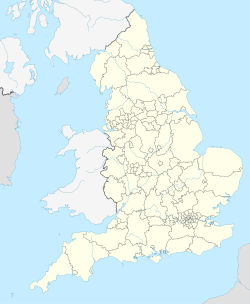| Site of Special Scientific Interest | |
| Location | Cornwall |
|---|---|
| Grid reference | SW996587 |
| Coordinates | 50°23′37″N4°49′12″W / 50.3935°N 4.8201°W |
| Interest | Biological |
| Area | 0.6 hectares (0.006 km2; 0.002 sq mi) |
| Notification | 2000 |
| Natural England website | |
St Austell Clay Pits, (Cornwall, England, UK,) are a group of locations within active china clay quarries that form a single Site of Special Scientific Interest (SSSI) and Special Area of Conservation, noted for its biological characteristics. In particular, the site is known for the rare western rustwort, a plant that grows only at two other sites in the UK.


